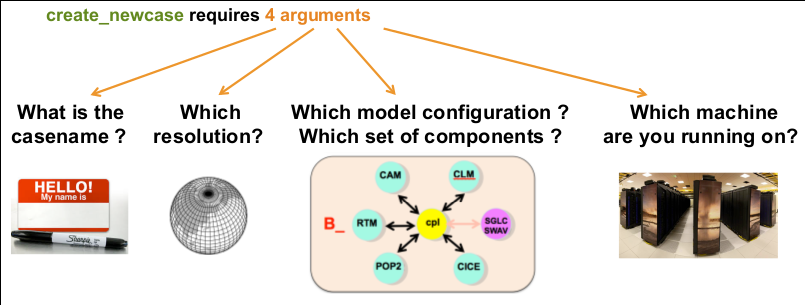Workflows
What is a Workflow?Filters
Annual percentage Change for population in Germany (1950 - 2025)
This workflow run was executed on Galaxy (Workflow Rerun Information)
Workflow: Climate Stripes
Execution Status: scheduled
Executed: 2025-05-27 14:14:07.240149
Workflow Inputs
Formal Input Definitions
-
Germany-Population-Annual--Change-2025-05-27-15-17.csv (File)
-
Column name to use for plotting (Text)
-
Plot Title (Text)
-
nxsplit (Integer)
-
Description: Number of values per intervals
...
This workflow demonstrates the usage of the Community Earth System Model on Galaxy Europe.
A fully coupled B1850 compset with resolution f19_g17 is run for 1 month.

This workflow demonstrates the usage of EODIE, a toolkit to extract object based timeseries information from Earth Observation data.
EODIE is a toolkit to extract object based timeseries information from Earth Observation data.
The EODIE code can be found on Gitlab .
The goal of EODIE is to ease the extraction of time series information at object level. Today, vast amounts of Earth Observation data are available to the users via for example earth explorer ...
Abstract CWL Automatically generated from the Galaxy workflow file: GTN 'Pangeo 101 for everyone - Introduction to Xarray'.
In this tutorial, we analyze particle matter < 2.5 μm/m3 data from Copernicus Atmosphere Monitoring Service to understand Xarray Galaxy Tools:
- Understand how an Xarray dataset is organized;
- Get metadata from Xarray dataset such as variable names, units, coordinates (latitude, longitude, level), etc;
- Plot an Xarray dataset on a geographical map and learn to customize ...
This workflow extracts 5 different time periods e.g. January- June 2019, 2020 and 2021, July-December 2019 and 2020 over a single selected location. Then statistics (mean, minimum, maximum) are computed. The final products are maximum, minimum and mean.
This workflow is used to process timeseries from meteorological stations in Finland but can be applied to any timeseries according it follows the same format.
Take a temperature timeseries from any meteorological station. Input format is csv and it must be standardized with 6 columns:
- Year (ex: 2021)
- month (ex: 1)
- day (ex: 15)
- Time (ex: 16:56)
- Time zone (such as UTC)
- Air temperature (degC)
Abstract CWL Automatically generated from the Galaxy workflow file: CLM-FATES_ ALP1 simulation (5 years)
Description: SSP-based RCP scenario with high radiative forcing by the end of century. Following approximately RCP8.5 global forcing pathway with SSP5 socioeconomic conditions. Concentration-driven. Rationale: the scenario represents the high end of plausible future pathways. SSP5 is the only SSP with emissions high enough to produce the 8.5 W/m2 level of forcing in 2100.
This workflow is answering to the following scientific question:
- Is it worth investing in artificial snowmaking equipment ...
Abstract CWL Automatically generated from the Galaxy workflow file: Workflow with Copernicus Essential Climate Variable - select and plot
 Download
Download